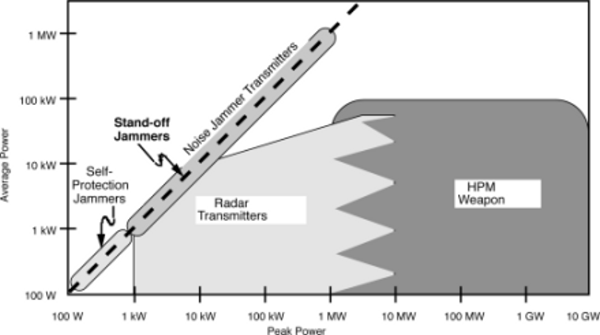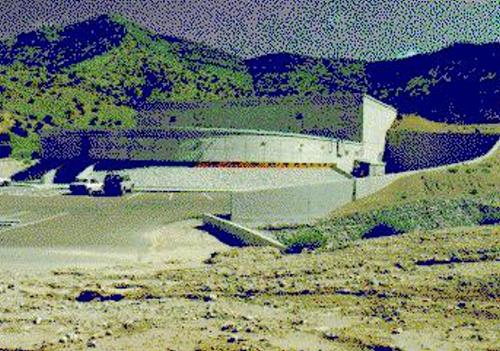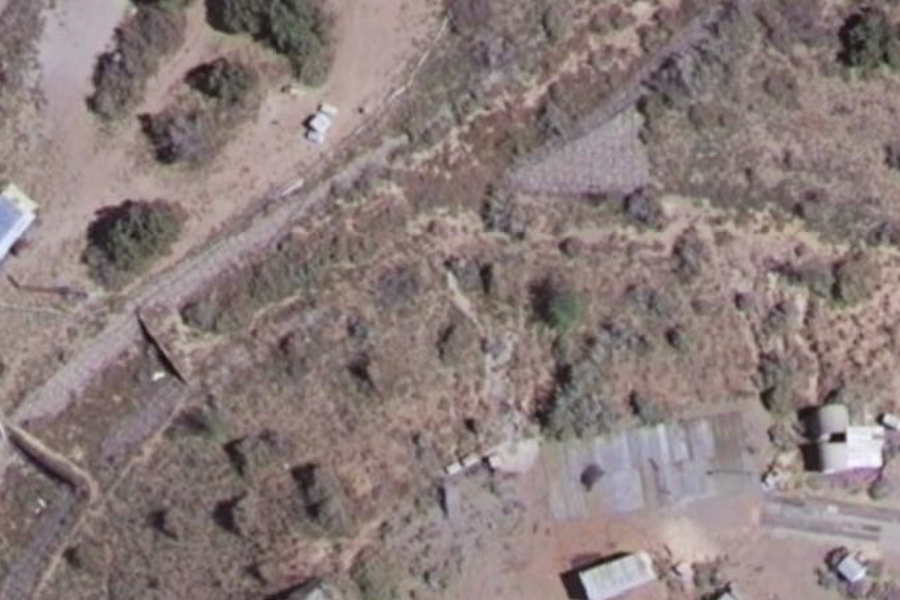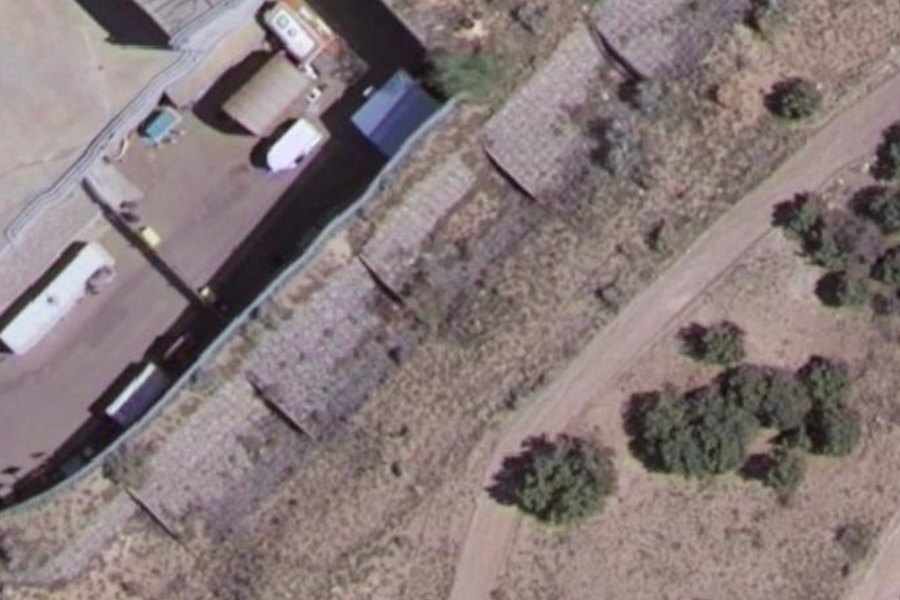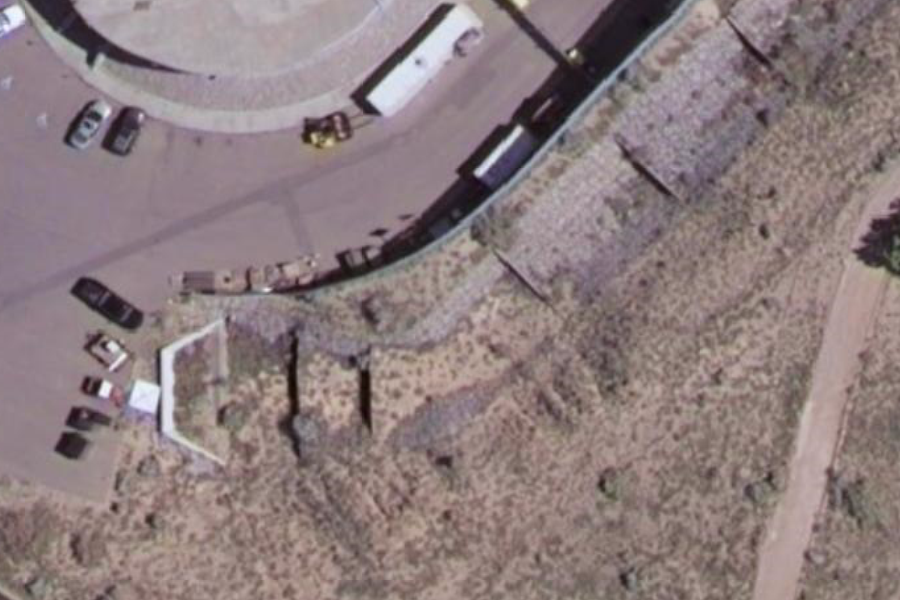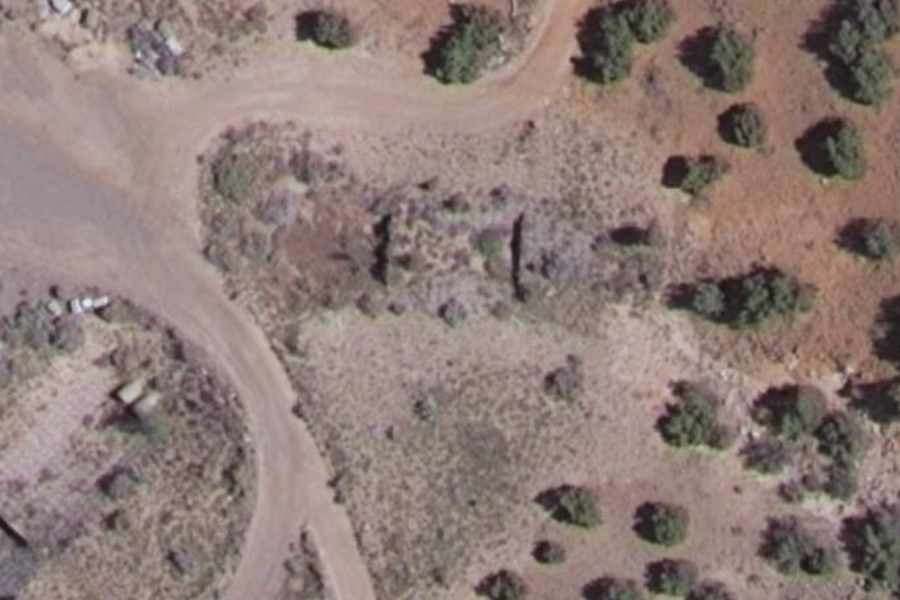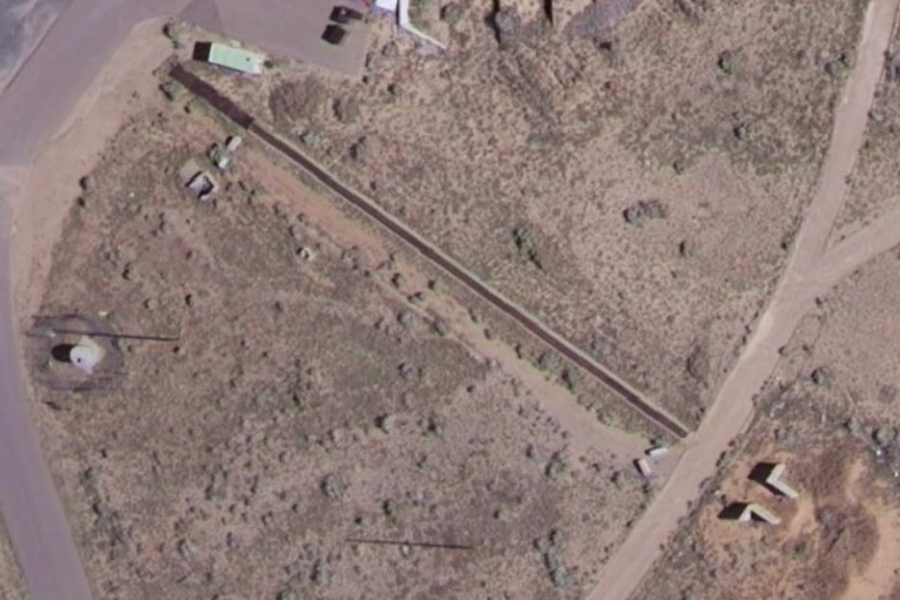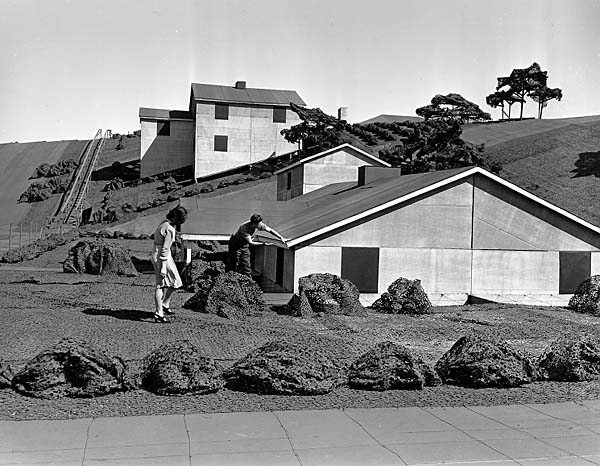|
New Mexico, in southeast Albuquerque |
||||||||||||||
|
+34° 58' 31.04", -106° 26' 39.04" ...
New Building Overview with canvas covering and camouflage netting all around covered with shrubs ...
Closer View. It appears to go into the ground UPDATE: Aug 24, 2009
Directed Energy Weapons include laser, high power radio frequency (HPRF), and particle beam technologies (HPRF technology is frequently called high power microwave (HPM) or RF directed energy). Electronic equipment can be defeated or impaired by irradiation from directed energy (DE) sources. Degradation can range from temporary "upsets" in electronics subsystems, permanent circuit deterioration, or permanent destruction due to burnout or electrical overload. As modern systems and their components become ever more reliant on sophisticated electronics, they also become more vulnerable to DE radiation. Near-term goals for RFE weapons include the development of new HPRF source concepts, such as the interference modulation HPM source concept and frequency agile, broadband klystrons for use in susceptibility testing and in field tests. A mid-term goal is the development of high-gain, broadband antennas. Long-term goals include use of chaos theory research results to achieve greater control of RF weapon sources. High power RF generators need to be smaller, lighter, and more fuel efficient. Projected targets require intensive susceptibility studies to determine the best attack methods. These technical challenges will be overcome by concentrating technology development efforts on improving modulators, RF sources, and antennas. Improvements to reduce size, weight, and power requirements must also be accomplished by enhancements to radiation beam control. SOURCE: http://www.fas.org/spp/military/program/asat/herft.htm
The High Energy Research and Technology Facility (HERTF) at Kirtland Air Force Base, New Mexico, is a premier Phillips Laboratory capability for research, development and transition of advanced weapons technologies. This $9 million facility provides a unique capability for the development of high-power microwaves, high-energy advanced pulsed power (including explosive devices), and very- high-energy plasmas. It also provides a research environment for exploring a variety of related technologies. The facility's remote location in the Manzano Mountains is coupled with aunique construction, which is designed to withstand blasts and intense radiation from a variety of sources, including high-energy microwaves and x-rays. HERTF is located in a canyon in the Manzano Mountains in the southeast portion of Kirtland. The facility has a four-story-high bay laboratory, 80 feet by 150 feet, with concrete roofand walls four feet thick for blast and radiation shielding. The high bay includes two bridge cranes, cable trays, a 12-foot-deep pit for intense radiation source experiments, and access tunnels to an explosive firing area near the high bay. Up to 1000 pounds of high explosives can be detonated in this area to produce hundreds of megajoules of electrical energy needed for these advanced experiments. The facility also contains offices and smaller laboratories where advanced weapons technology experiments and demonstrations can be conducted safely and securely. SOURCE: http://www.fas.org/spp/military/program/asat/herft.htm
HERTF was designed to scale high-power microwave and high-energy plasma concepts that were pursued for many years in the Laboratory's basic research and exploratory development efforts. It was difficult to advance these concepts with the limited facilities available before HERTF was completed. With this facility, technologies can be advanced to a weapons level. Also, advanced weapons environments can be created, allowing scientists to assess the potential threat of these weapons to United States military systems. Although the Laboratory's high-power microwave technology is considerably advanced, HERTF is essential in conducting many of the critical experiments still needed to assess the feasibility of the technology for operational systems. SOURCE: http://www.fas.org/spp/military/program/asat/herft.htm
Compact, high-energy pulsed power is an enabling technology for many advanced weapon concepts and effects simulation devices. HERTF is designed to play a major role in the Phillips Laboratory' s development of "next generation" high-energy pulsed power devices. Research and development includes the generation and conditioning of large amounts of electrical energy needed for advanced weapon technologies. High-energy plasma work at HERTF allows a dramatic power increase for compact toroid experiments compared to other Phillips Laboratory facilities, such as a 10-megajoule capacitor bank. These high-energy plasmas provide the intense radiation environment needed to simulate threat-level nuclear-weapon effects in space. These plasmas are used to support research on fusion energy, and they permit Laboratory scientists to assess potential space-weapon concepts. Papers:
Lots of neeting with shrubs ...
...
Netting and Drive Ramp ...
Netting and Drive Ramp ...
More Netting ...
Pipe and Antennas ...
Transformer Station and Power Lines |
||||||||||||||
|
How to Hide an Airplane Factory Lockheed Burbank Aircraft Plant 1940's ..
|
||||||||||||||
|
How to Hide an Airplane Factory Boeing Plant 2, Seattle ..
Boeing Plant 2 Rooftop Camouflage:
After the start of World War II, burlap houses and chicken-wire lawns camouflaged
the rooftops of Boeing Plant 2 in Seattle so that, from the air, the bomber
manufacturing center looked like a quiet suburb.
War Years: 1939-1945
To an airman
the Pacific Northwest is the home of the long-range heavy bomber, which
has changed the character of war and the meaning of peace.
The United States entered World War II only 16 months after Boeing introduced the Stratoliner. Sales of commercial transports came to a halt. Suddenly, the country needed warplanes, produced quickly, collectively and in quantity. Cooperation between airplane manufacturers, rather than competition, made the best use of the country's resources. On June 20, 1941, the U.S. Army Air Corps became the U.S. Army Air Forces (USAAF). To serve the USAAF during World War II, Boeing produced the country's most important heavy bombers, the B-17 and the B-29; Douglas produced the C-47 and several other crucial military transports and medium bombers. North American built the country's most universally used trainers, the important B-25 To help the U.S. war effort, Phil Johnson returned from Canada and took over as Boeing Airplane Co. president, in charge of wartime production at Boeing, as well as the countrywide, multicompany, mass-production of bombers. Johnson died of a stroke Sept. 14, 1944, while overseeing operations at the Boeing Wichita plant. In 1940, the Army Air Corps ordered 80 heavily armed versions of the B-17 Flying Fortress. Twenty were delivered to the British Royal Air Force in the fall of 1940. These were the first Flying Fortresses to enter combat. By 1941 Boeing workers were building B-17s at a rapidly increasing rate. Burlap houses and chicken-wire lawns camouflaged the rooftops of Boeing Plant 2 in Seattle so that, from the air, the bomber manufacturing center looked like a quiet suburb. SOURCE: Boeing |
||||||||||||||
| FAIR USE NOTICE: This page contains copyrighted material the use of which has not been specifically authorized by the copyright owner. Pegasus Research Consortium distributes this material without profit to those who have expressed a prior interest in receiving the included information for research and educational purposes. We believe this constitutes a fair use of any such copyrighted material as provided for in 17 U.S.C § 107. If you wish to use copyrighted material from this site for purposes of your own that go beyond fair use, you must obtain permission from the copyright owner. | ||||||||||||||
|
|



